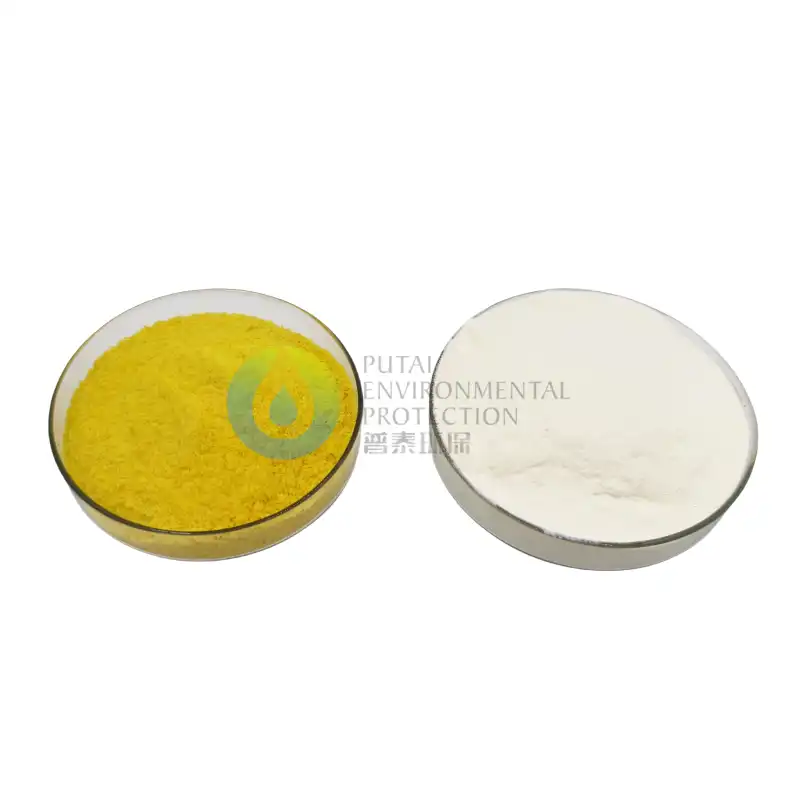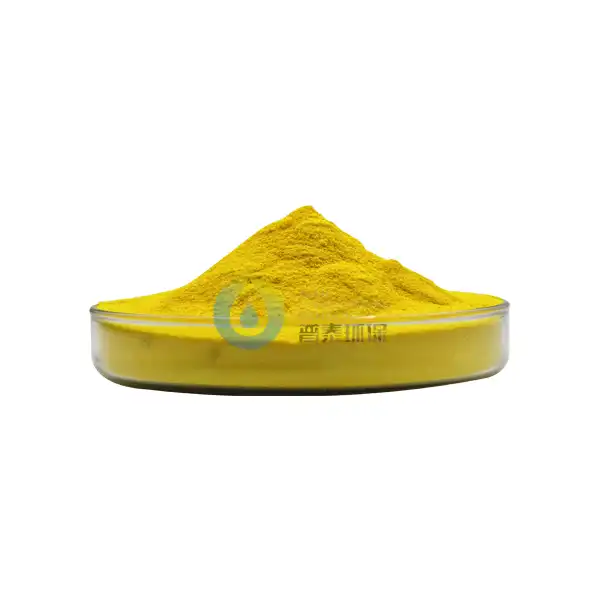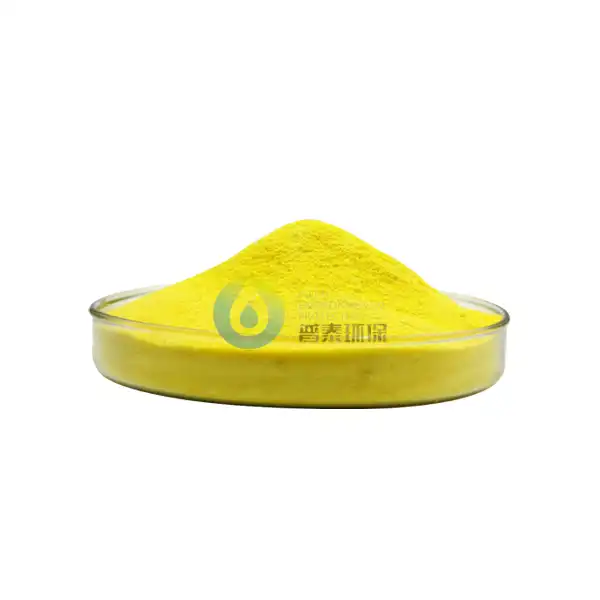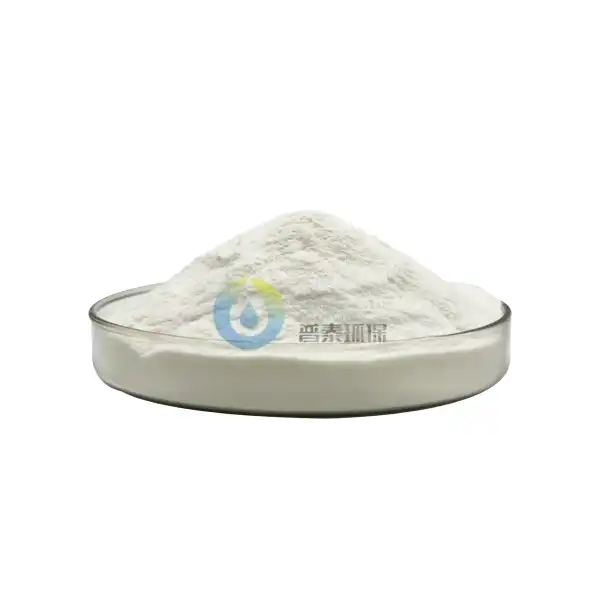How to Determine the Right Dosage of Industrial Grade PAC?
Determining the correct dosage of Industrial grade PAC (Polyaluminum Chloride) is crucial for effective water treatment. This powerful coagulant plays a vital role in removing impurities and contaminants from water, but its efficacy hinges on precise dosing. In this comprehensive guide, we'll explore the methods and techniques to help you pinpoint the optimal PAC dosage for your specific water treatment needs.
Jar testing for industrial PAC: Step-by-step guide
Jar testing is an indispensable process for determining the ideal PAC dosage. This laboratory procedure simulates the coagulation-flocculation process on a small scale, allowing water treatment professionals to assess the effectiveness of different PAC concentrations. Here's a detailed breakdown of the jar testing process:
Gather necessary equipment
Before commencing the jar test, ensure you have the following equipment:
- Jar testing apparatus with multiple beakers
- Graduated cylinders for precise measurements
- pH meter
- Turbidity meter
- Stopwatch
- Industrial grade PAC solution
Prepare water samples
Collect representative samples of the water to be treated. Typically, you'll need 1-2 liters per jar. Measure and record the initial pH and turbidity of each sample.
Dose PAC
Prepare a range of Industrial grade PAC doses. Start with a low concentration and gradually increase it across the jars. For example, you might use doses of 10, 20, 30, 40, and 50 mg/L.
Rapid mix
After adding the PAC, subject the samples to rapid mixing (100-150 rpm) for 1-2 minutes. This stage disperses the coagulant throughout the water.
Slow mix
Reduce the mixing speed to 20-30 rpm and continue for 15-20 minutes. This slower mixing promotes floc formation.
Settling period
Allow the samples to settle for 30-60 minutes. Observe the floc formation and settling characteristics in each jar.
Analyze results
After the settling period, measure the final turbidity and pH of each sample. The jar with the lowest turbidity and acceptable pH indicates the optimal PAC dose.
Verify and refine
Conduct additional tests around the most promising dose to fine-tune your results. This step ensures you've identified the most efficient and cost-effective PAC concentration.
By meticulously following this jar testing procedure, you'll be able to determine the ideal Industrial grade PAC dosage for your specific water treatment scenario.
Dosage charts for different water turbidity levels
While jar testing provides precise dosage information for specific water samples, general dosage charts can offer valuable guidance for various turbidity levels. These charts serve as a starting point, which can be further refined through on-site testing and experience.
Low turbidity water (0-50 NTU)
For water with low turbidity, Industrial grade PAC dosages typically range from 5-20 mg/L. The exact dose depends on factors such as pH, alkalinity, and the presence of organic matter.
Medium turbidity water (50-500 NTU)
Water with medium turbidity often requires PAC doses between 20-50 mg/L. As turbidity increases within this range, you may need to adjust the dosage accordingly.
High turbidity water (500-1000 NTU)
Highly turbid water necessitates higher PAC doses, typically ranging from 50-100 mg/L. In some cases, even higher doses may be required for effective treatment.
Extremely high turbidity water (>1000 NTU)
For water with extremely high turbidity, PAC doses can exceed 100 mg/L. In these cases, it's crucial to conduct thorough jar testing and consider other treatment options in conjunction with PAC.
It's important to note that these dosage ranges are approximate and should be used as a starting point. Factors such as water temperature, pH, alkalinity, and the presence of other contaminants can significantly impact the required PAC dose. Always conduct jar tests and consult with water treatment experts to determine the optimal dosage for your specific situation.
Considerations for dosage adjustments
Several factors may necessitate adjustments to your PAC dosage:
- Seasonal variations in water quality
- Changes in raw water source
- Fluctuations in pH or alkalinity
- Presence of algae or other organic matter
- Temperature changes
Regularly monitoring these factors and conducting periodic jar tests will help you maintain optimal PAC dosing throughout the year.
Real-time monitoring systems for PAC dosage control
To achieve precise and dynamic control of Industrial grade PAC dosing, many water treatment facilities are turning to real-time monitoring systems. These advanced systems offer numerous benefits, including improved treatment efficiency, reduced chemical consumption, and enhanced water quality consistency.
Components of a real-time PAC dosing system
A typical real-time PAC dosing system consists of the following components:
- Turbidity sensors
- pH probes
- Flow meters
- Streaming current detectors
- Programmable logic controllers (PLCs)
- Chemical feed pumps
- Data acquisition and control software
How real-time monitoring systems work
Real-time monitoring systems continuously assess key water quality parameters such as turbidity, pH, and flow rate. This data is fed into a PLC or control software, which uses pre-programmed algorithms to calculate the optimal PAC dose. The system then adjusts the chemical feed pumps to deliver the precise amount of PAC required.
Benefits of real-time PAC dosing
Implementing a real-time PAC dosing system offers several advantages:
- Improved treatment efficiency
- Reduced chemical consumption and costs
- Consistent water quality
- Quick response to water quality changes
- Minimized operator intervention
- Enhanced compliance with water quality regulations
Implementing a real-time PAC dosing system
To successfully implement a real-time PAC dosing system, consider the following steps:
- Conduct a thorough assessment of your current water treatment process
- Identify key monitoring points and parameters
- Select appropriate sensors and instrumentation
- Choose a robust control system and software platform
- Develop and fine-tune dosing algorithms
- Train operators on system operation and maintenance
- Regularly calibrate and maintain the system components
By leveraging real-time monitoring and control, water treatment facilities can optimize their Industrial grade PAC usage, resulting in improved water quality and operational efficiency.
Case study: Successful implementation of real-time PAC dosing
A municipal water treatment plant serving a population of 100,000 implemented a real-time PAC dosing system to address fluctuating raw water quality due to seasonal changes and occasional algal blooms. The system incorporated turbidity sensors, pH probes, and a streaming current detector to continuously monitor water quality.
After implementation, the plant observed the following results:
- 20% reduction in overall PAC consumption
- Improved treated water turbidity consistency
- Reduced operator workload for manual jar testing and dose adjustments
- Faster response to sudden changes in raw water quality
- Annual cost savings of approximately $50,000 in chemical expenses
This case study demonstrates the potential benefits of adopting real-time monitoring and control for PAC dosing in water treatment facilities.
Conclusion
Determining the right dosage of Industrial grade PAC is a critical aspect of effective water treatment. By employing jar testing techniques, referencing dosage charts, and implementing real-time monitoring systems, water treatment professionals can optimize their PAC usage for maximum efficiency and water quality.
As water treatment challenges continue to evolve, staying informed about the latest techniques and technologies for PAC dosing is essential. Regular evaluation and refinement of your dosing strategies will ensure that your water treatment process remains effective, efficient, and compliant with regulatory standards.
Are you looking to optimize your water treatment process with high-quality Industrial grade PAC? Xi'an PUTAI Environmental Protection Co., Ltd. is here to help. With over 32 years of experience in the production, sales, and R&D of water treatment chemicals, we offer top-tier products and expert guidance to ensure your water treatment needs are met efficiently and effectively. As the leading producer and integrated service supplier of coagulants in northwest China, we're committed to creating industry benchmarks in environmental protection and resource recycling. Don't let suboptimal PAC dosing hold back your water treatment efforts. Contact our team of experts today at sales@ywputai.com to discover how our Industrial grade PAC can revolutionize your water treatment process.
References
1. Johnson, A. M., & Smith, R. T. (2021). Optimizing Polyaluminum Chloride Dosage in Municipal Water Treatment: A Comprehensive Guide. Journal of Water Treatment Technology, 45(3), 287-302.
2. Zhang, L., Wang, Y., & Chen, H. (2020). Real-time Monitoring and Control Systems for PAC Dosing in Water Treatment Plants: A Review. Environmental Technology & Innovation, 18, 100672.
3. Brown, C. D., & Davis, E. F. (2019). Jar Testing Techniques for Industrial Grade PAC: Best Practices and Case Studies. Water Science and Technology, 79(11), 2134-2146.
4. Garcia-Segura, S., & Eiband, M. M. S. G. (2022). Advanced Coagulation Processes Using Polyaluminum Chloride: Emerging Trends and Future Perspectives. Chemical Engineering Journal, 430, 132752.





